My favourite painting: Sue Laing
'This picture both reminds me of her and throws into sharp relief the extraordinary advances made in military medicine and clinical rehabilitation since then.'
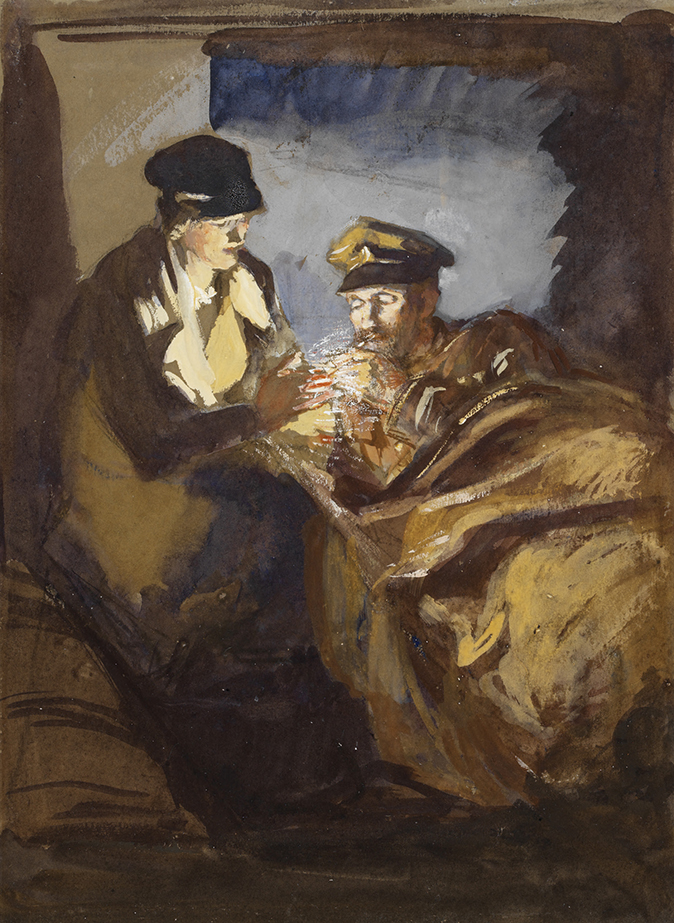

In an Ambulance: A VAD lighting a cigarette for a patient, 1917–19, by Olive Mudie-Cooke (1890–1925), 11½in by 8½in, Imperial War Museum, London
Sue Laing says:
My mother was an ambulance driver during the Second World War. Then, rather against her father’s wishes, she became one of the first women doctors to qualify at Edinburgh. Despite this, she remained a committed smoker until her death, aged 88. This picture both reminds me of her and throws into sharp relief the extraordinary advances made in military medicine and clinical rehabilitation since then. One of my clients, the Duke of Westminster, is leading an initiative to build a Defence and National Rehabilitation Centre, a new project that will deliver state-of-the-art facilities to repair seriously wounded members of the armed forces.
Sue Laing is a partner in the Private Client & Tax Department of Boodle Hatfield
John McEwen comments on In an Ambulance:
The first official British war artists were appointed in 1916 for propaganda purposes. Propaganda evolved into a memorialising scheme controlled from 1917 by the new Department of Information. The Imperial War Museum (IWM) opened the same year with a brief to collect material documenting the war, including art. As well as collecting the official war artists’ work, it commissioned its own artists, several of them women selected by its Women’s Work Sub-Committee.
Women were ineligible to fight, but, as ambulance drivers and nurses, they offered a distinctive view of the battlefields. Olive Mudie-Cooke, a nurse and ambulance driver on the western front and in Italy, was one of the IMW’s chosen few. This little watercolour still struck a compassionate chord.
Exquisite houses, the beauty of Nature, and how to get the most from your life, straight to your inbox.
Brought up in London, where her father was a carpet dealer, she studied art at St John’s Wood Art School and Goldsmith’s College. In January 1916, she and her elder sister, Phyllis, went to France as volunteers of the First Aid Nursing Yeomanry (FANY). Olive’s fluent French, Italian and German meant she was also an interpreter. In 1919, she was commissioned by the IWM to document the British Red Cross Voluntary Aid Detachment (VAD) units in France.
Although there were frequent casualties after the armistice from unexploded ordnance littering the abandoned front, this picture may have been painted earlier in the course of her wartime duties. In 1925, having returned to France, she committed suicide. Following her death, more of her pictures were donated by her sister to the IWM collection.
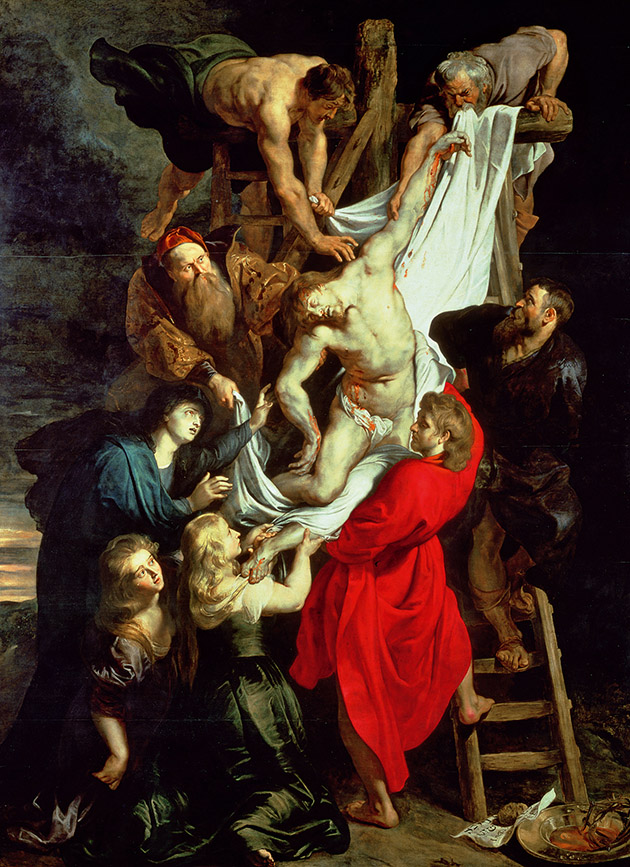
My favourite painting: Charles H. Cecil
'It embodies what oil painting can attain.'
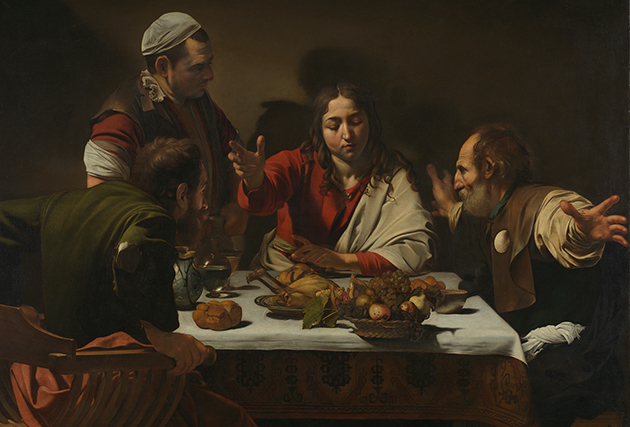
My favourite painting: The Bishop of Worcester
The Bishop of Worcester chooses his favourite painting for our Easter Issue
Country Life is unlike any other magazine: the only glossy weekly on the newsstand and the only magazine that has been guest-edited by His Majesty The King not once, but twice. It is a celebration of modern rural life and all its diverse joys and pleasures — that was first published in Queen Victoria's Diamond Jubilee year. Our eclectic mixture of witty and informative content — from the most up-to-date property news and commentary and a coveted glimpse inside some of the UK's best houses and gardens, to gardening, the arts and interior design, written by experts in their field — still cannot be found in print or online, anywhere else.
-
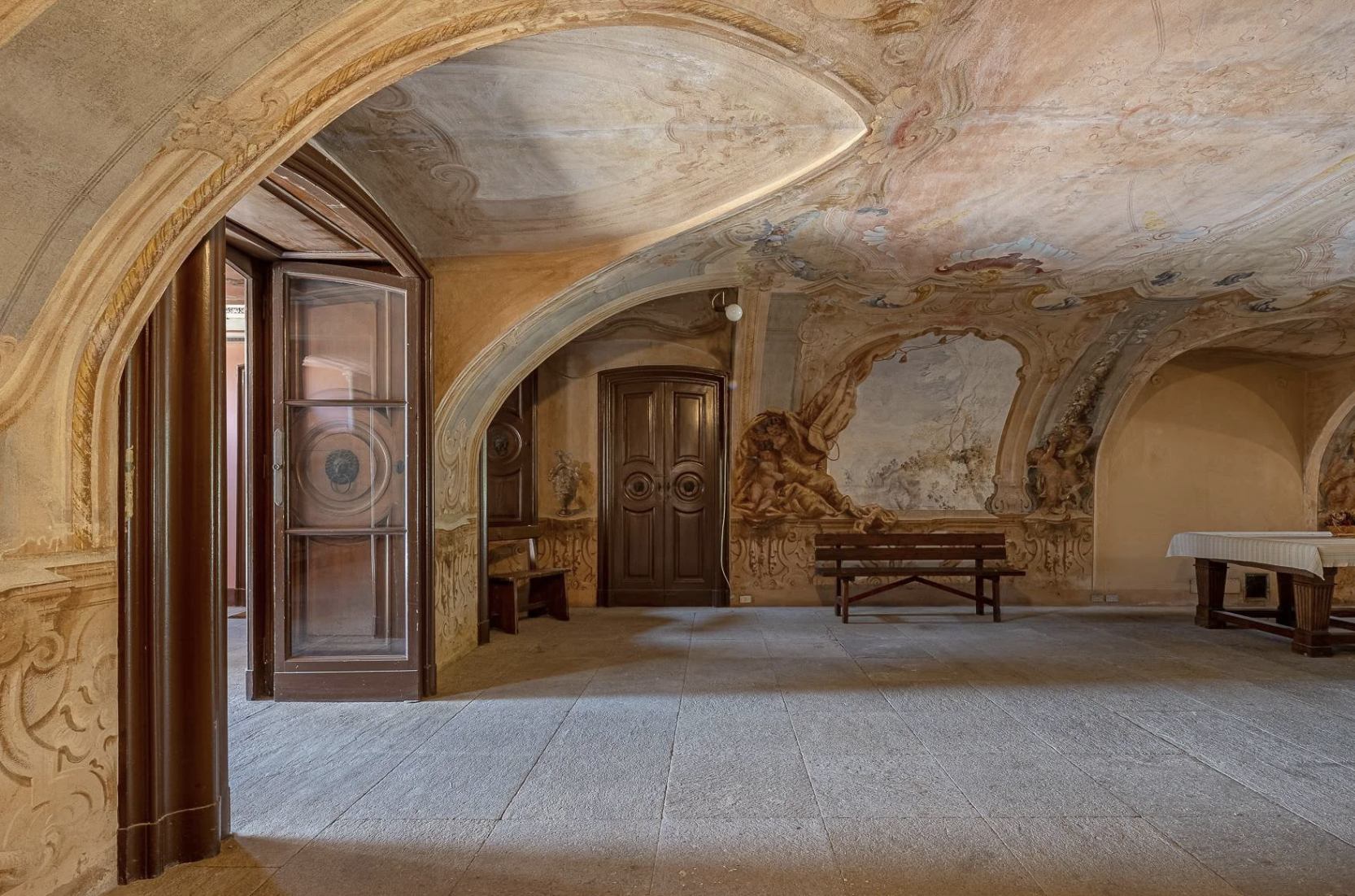 Dream of revolution inside the 18th-century villa once occupied by Napoleon's French troops
Dream of revolution inside the 18th-century villa once occupied by Napoleon's French troopsAn apartment inside historic Villa Gnecchi Ruscone is on the market and it comes with a grand ballroom rumoured to have been frequented by Napoleon.
-
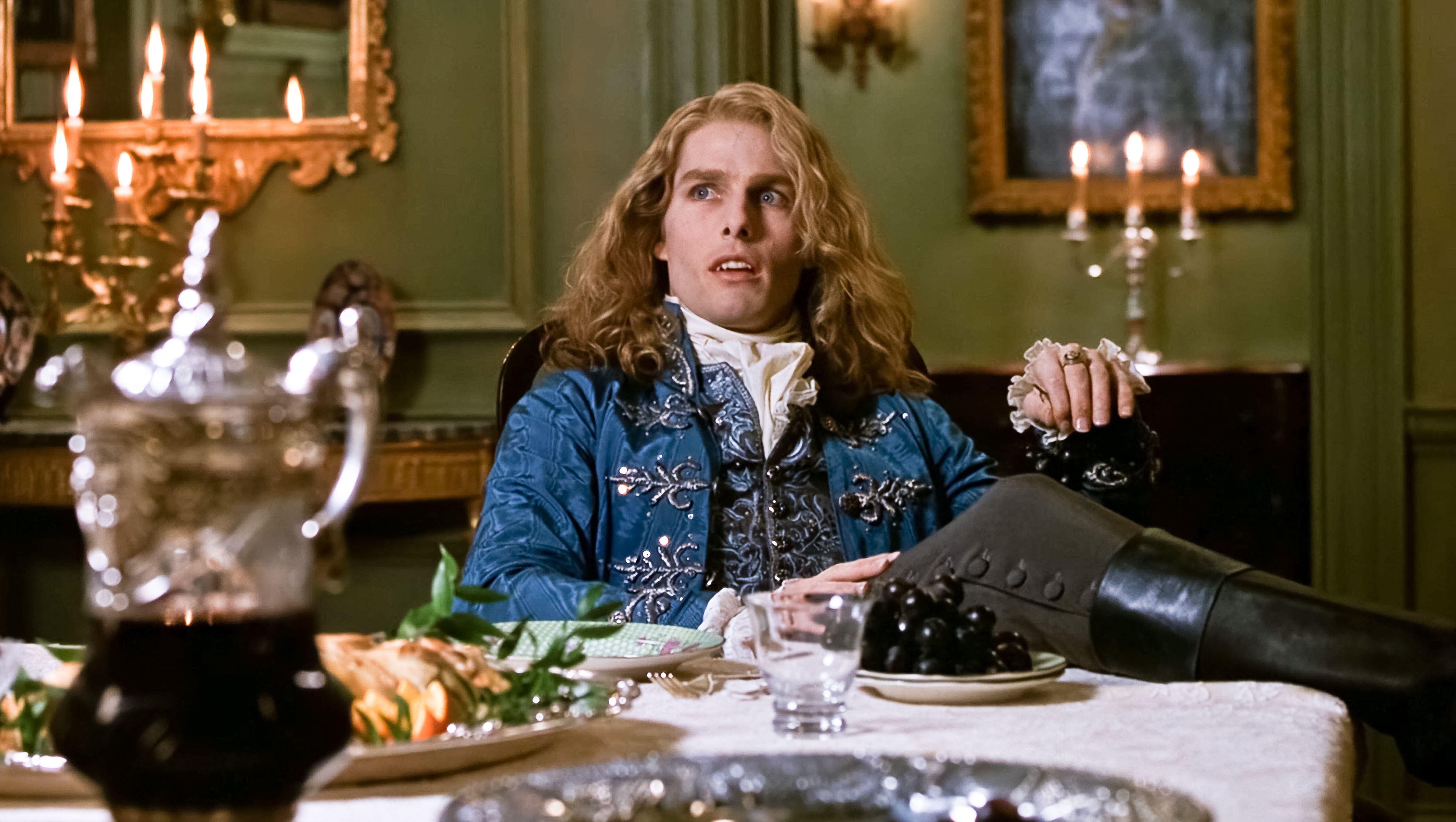 Get ready to get spooky in the Halloween edition of the Country Life Quiz of the Day, October 31, 2025
Get ready to get spooky in the Halloween edition of the Country Life Quiz of the Day, October 31, 2025Ghosts, ghouls and ghastly questions lurk in today's quivering quiz.
-
 'As a child I wanted to snuggle up with the dogs and be part of it': Alexia Robinson chooses her favourite painting
'As a child I wanted to snuggle up with the dogs and be part of it': Alexia Robinson chooses her favourite paintingAlexia Robinson, founder of Love British Food, chooses an Edwin Landseer classic.
-
 The Pre-Raphaelite painter who swapped 'willowy, nubile women' for stained glass — and created some of the best examples in Britain
The Pre-Raphaelite painter who swapped 'willowy, nubile women' for stained glass — and created some of the best examples in BritainThe painter Edward Burne-Jones turned from paint to glass for much of his career. James Hughes, director of the Victorian Society, chooses a glass masterpiece by Burne-Jones as his favourite 'painting'.
-
 'I can’t look away. I’m captivated': The painter who takes years over each portrait, with the only guarantee being that it won't look like the subject
'I can’t look away. I’m captivated': The painter who takes years over each portrait, with the only guarantee being that it won't look like the subjectFor Country Life's My Favourite Painting slot, the writer Emily Howes chooses a work by a daring and challenging artist: Frank Auerbach.
-
 My Favourite Painting: Rob Houchen
My Favourite Painting: Rob HouchenThe actor Rob Houchen chooses a bold and challenging Egon Schiele work.
-
 My Favourite Painting: Jeremy Clarkson
My Favourite Painting: Jeremy Clarkson'That's why this is my favourite painting. Because it invites you to imagine'
-
 The chair of the National Gallery names his favourite from among the 2,300 masterpieces — and it will come as a bit of a shock
The chair of the National Gallery names his favourite from among the 2,300 masterpieces — and it will come as a bit of a shockAs the National Gallery turns 200, the chair of its board of trustees, John Booth, chooses his favourite painting.
-
 'A wonderful reminder of what the countryside could and should be': The 200-year-old watercolour of a world fast disappearing
'A wonderful reminder of what the countryside could and should be': The 200-year-old watercolour of a world fast disappearingChristopher Price of the Rare Breed Survival Trust on the bucolic beauty of The Magic Apple Tree by Samuel Palmer, which he nominates as his favourite painting.
-
 My favourite painting: Andrew Graham-Dixon
My favourite painting: Andrew Graham-Dixon'Lesson Number One: it’s the pictures that baffle and tantalise you that stay in the mind forever .'
